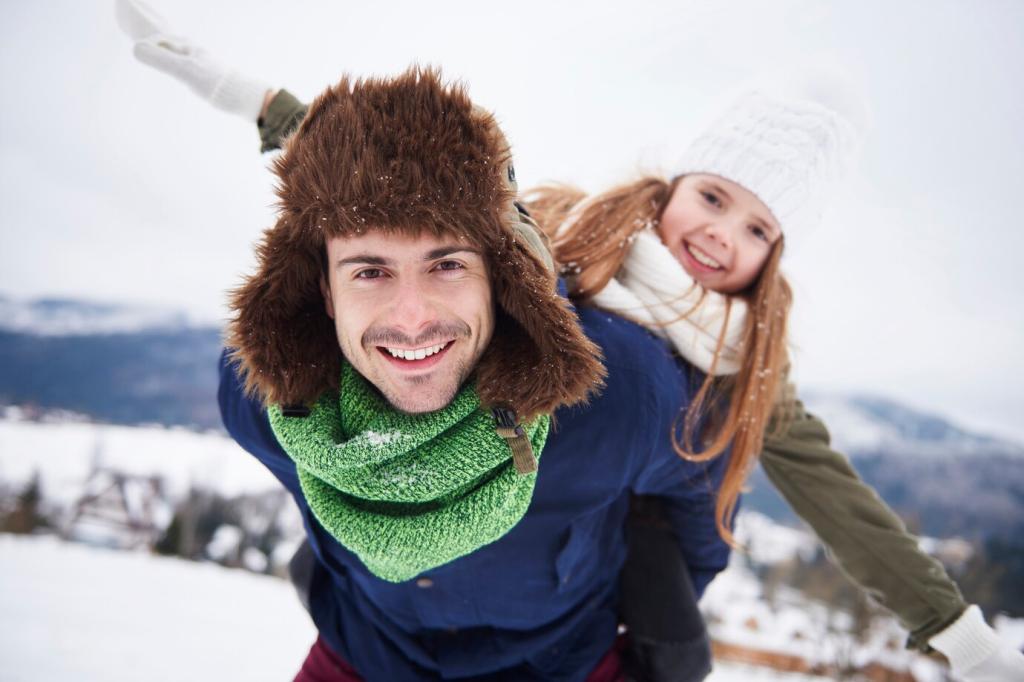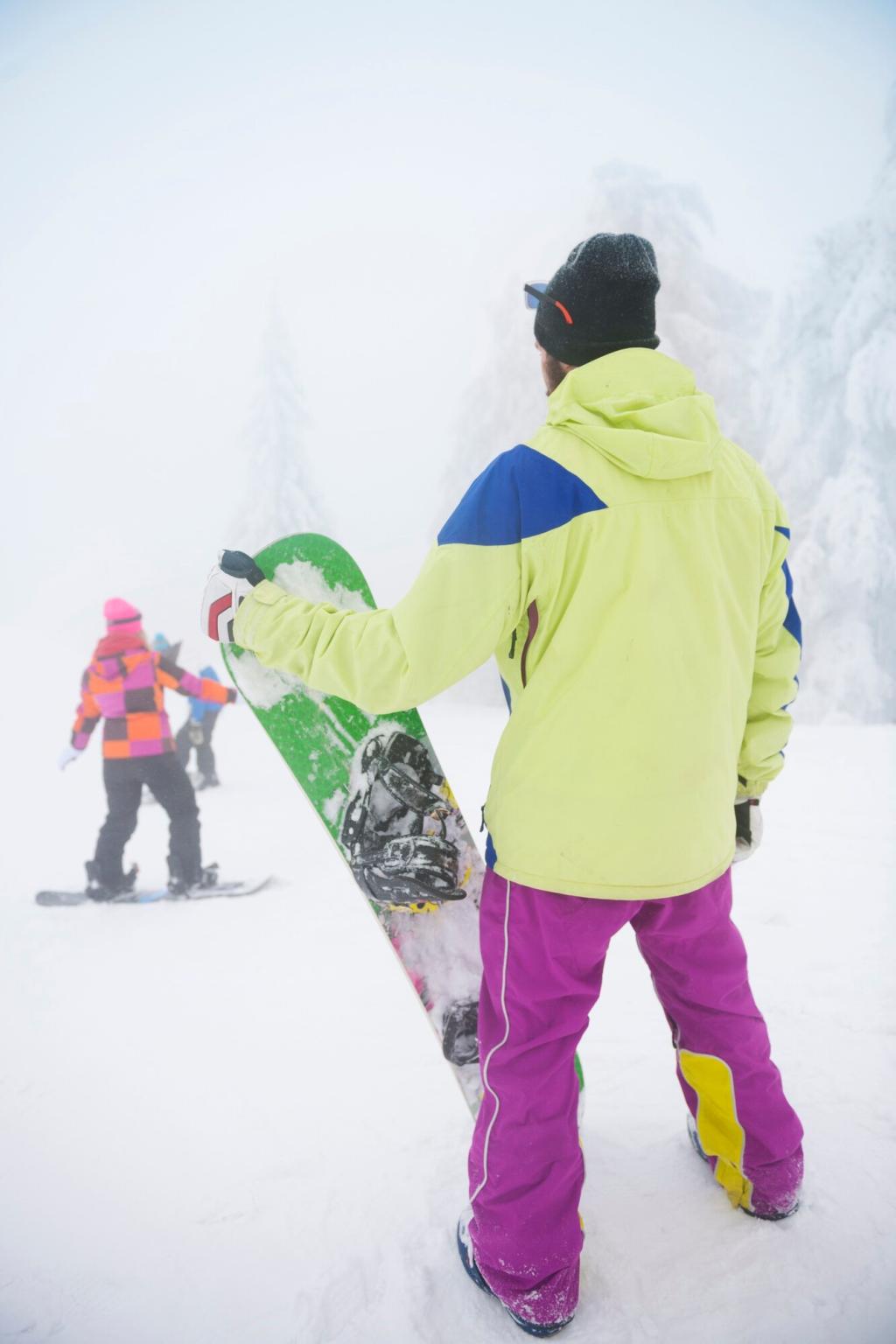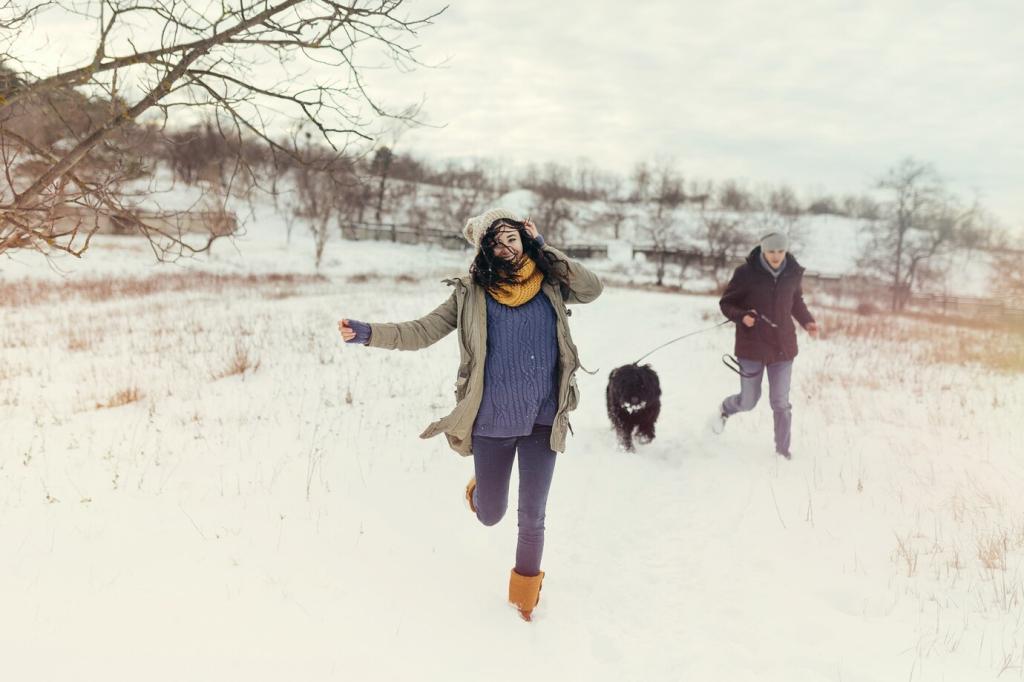Boots and Bindings: The Power-Transfer Partnership
A precise shell fit improves skinning efficiency and downhill control. Aim for snug heels, mobile cuffs, and liners you can thermomold. Match flex to terrain and ski width. What break-in strategies worked for you? Drop your boot-fitting tips for newcomers.
Boots and Bindings: The Power-Transfer Partnership
Tech bindings shed weight and climb with elegance, while frame bindings feel familiar yet heavy. For long missions and efficient strides, pins often win. For resort laps and mixed use, frames can still work. Which system supports your goals? Explain your pick.






